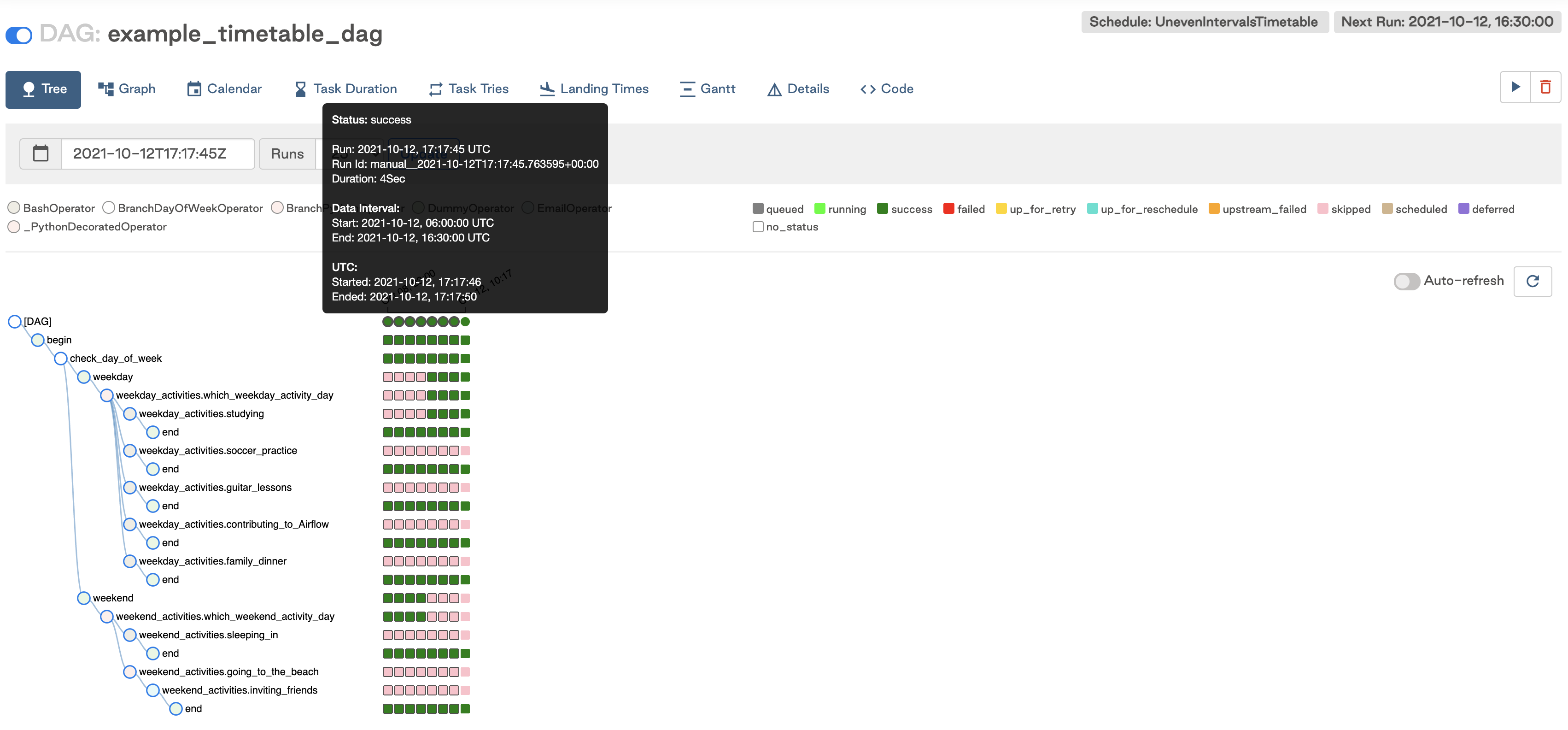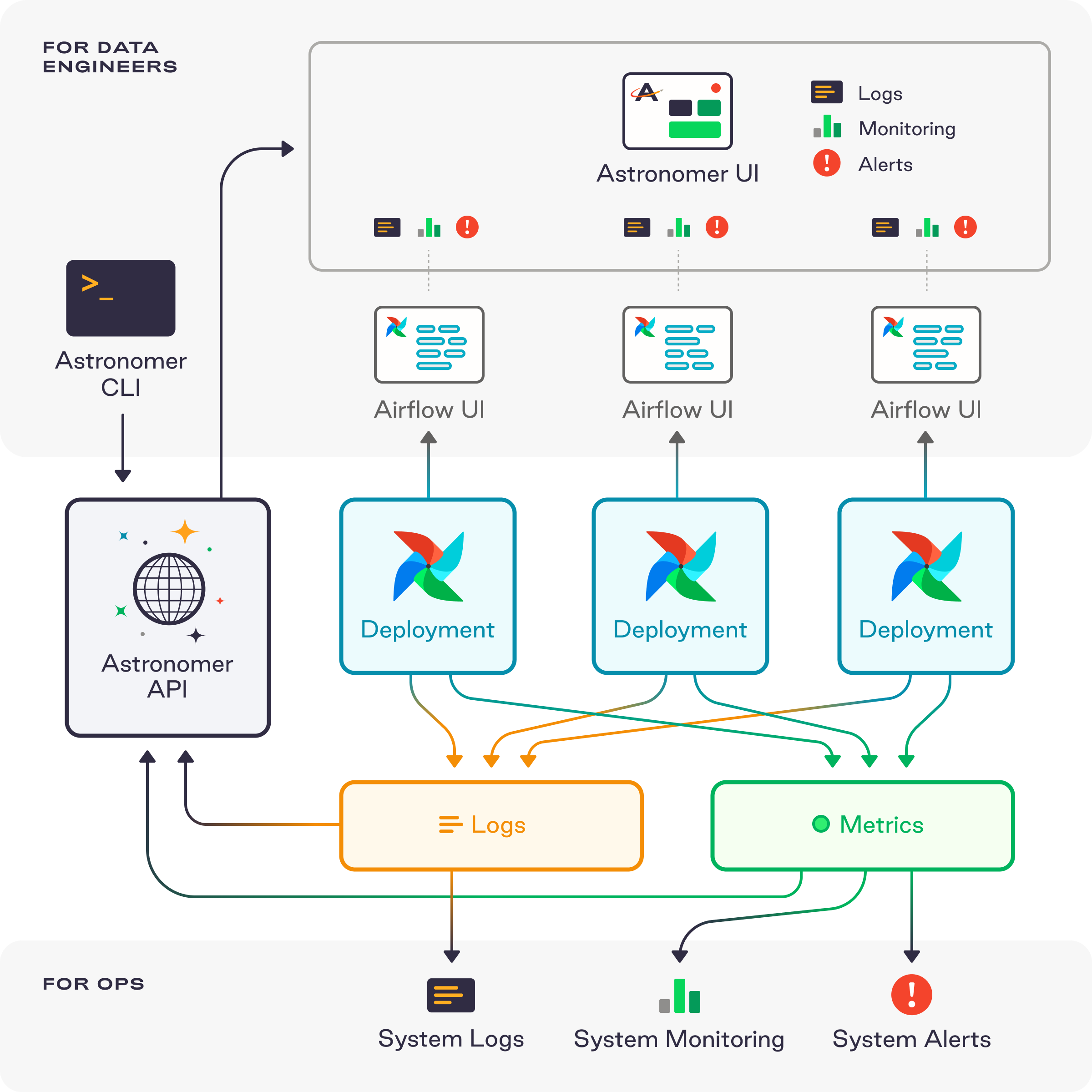
Two factors affect this process: the physical capabilities of the intelligence systems and the training and capabilities of the intelligence section.Ĭollection platforms able to collect tens of thousands of pieces of information per hour need receivers which can accept that volume. Cryptanalytic COMINT can take considerable time to enter into a cryptosystem, with no guarantee of success.Īn available, appropriate collection platform does not mean it will be useful if the facilities needed to receive and process the information are unavailable. MASINT depends on a library of signatures of normal sensor readings, so deviations stand out.

Other sources may take some time to collect the necessary information. The collection manager must take these effects into consideration and advise the commander on the situational awareness available for planning and execution.

SIGINT might be desired, but terrain masking and technical capabilities of available platforms might require a space-based (or long-range) sensor or exploring whether HUMINT assets might be able to provide information. If weather is the issue, it might be necessary to substitute MASINT sensors which can penetrate the weather and get some of the information. If a satellite will do the job, the orbits of available satellites may not be suitable for the requirement. If air defense is the limitation, planners might request support from a national-level IMINT satellite.

The most desirable platform may not be available weather and enemy air-defense might limit the practicality of UAVs and fixed-wing IMINT platforms. Alternative disciplines ĭespite the desirability of a given method, the information required may not be collectible due to interfering circumstances. Through an understanding of all available platforms (tied to questions related to the PIR) the collection manager synchronizes available assets, theatre and corps collection, national capabilities and coalition resources (such as the Torrejon Space Center) to maximize capabilities. Weather, terrain, technical capabilities and opponents' countermeasures determine the potential for successful collection. When a PIR defining the information to be collected exists, discipline specialists and resource schedulers select the appropriate collection system and plan the mission, taking into account the capabilities and limitations of collection platforms. Without this synchronization, it would be impossible to ensure that the intelligence focus meets the commander's requirements and priorities. These questions, refined into Information Requirements (IRs), enable the Collection Manager (CM) to focus assets on a problem. PIRs are a component of Collection Coordination and Intelligence Requirements Management ( CCIRM) focused on the collection process, uniting the intelligence effort to maneuver through Decision Points (DPs). In NATO, the questions driving collection management are Priority Intelligence Requirements (PIR). The intelligence model compares "the specification of a mission against the specification of available assets, to assess the utility or fitness for purpose of available assets based on these assessments, obtain a set of recommended assets for the mission: either decide whether there is a solution-a single asset or combination of assets-that satisfies the requirements of the mission, or alternatively provide a ranking of solutions according to their relative degree of utility." NATO collection guidance Preece's ontology focuses on ISTAR sensors, but also considers HUMINT, OSINT and possible methodologies.

The requester is asked, "What are the requirements of a mission?" These include the type of data to be collected (distinct from the collection method), the priority of the request, and the need for secrecy in collection.Ĭollection system managers are asked to specify the capabilities of their assets. Researchers match missions to the capabilities of available resources, defining ontology as "a set of logical axioms designed to account for the intended meaning of a vocabulary". One method is "semantic matchmaking" based on ontology, originally a field of philosophy but finding applications in intelligent searching. This may be an auction for resources, and there is joint UK-US research on applying more formal methods. Measurement and signature intelligence (MASINT)Īt the director level and within the collection organization (depending on the intelligence service), collection guidance assigns collection to one or more source managers who may order reconnaissance missions, budget for agent recruitment, or both.See also: List of intelligence gathering disciplinesĭisciplines which postprocess raw data more than collect it are:


 0 kommentar(er)
0 kommentar(er)
